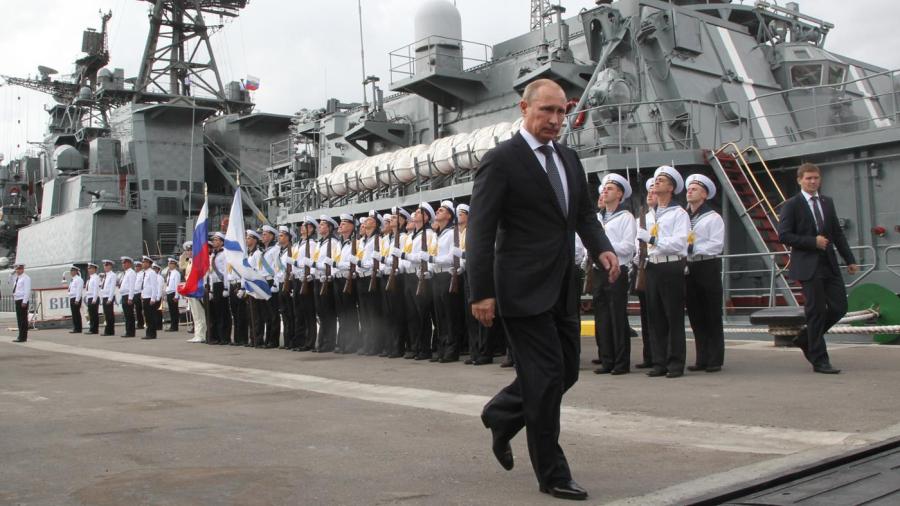The Primary Type of Government in Russia

Russia has a semi-democratic government system with an elected president. The president shares control with the prime minister.
In 1991, the confederacy of nations known as the Soviet Union was formally dissolved and the largest, Russia, became an independent country. Boris Yeltsin became the first popularly elected president of the Russian Soviet Federative Socialist Republic on July 12, 1991. Yeltsin served as president from July 12, 1991, until Dec. 31, 1999, when he resigned and Vladimir Putin became president. Putin served as president from May 7, 2000, until May 7, 2008. Dmitry Medvedev was the next president and served from May 7, 2008, until May 7, 2012, when Putin again became president.
On Dec. 12, 1993, voters ratified a new constitution that was proposed by President Yeltsin. The constitution provided access to social security, pensions and welfare protection. It also ensured free health care and affordable housing. The new constitution guaranteed local self-governing.
The Russian president is elected in a national vote and cannot serve more than two consecutive terms. In 2012, an election decided that the presidential term was extended from four to six years. The president can appoint the Chairman of the Government, the Prime Minister. The president can also appoint the key judges and cabinet members. Russia’s president acts as Commander In Chief of the Armed Forces. The Russian armed Forces consist of an Army, Air Force, Navy and a strategic rocket force. The country has one of the world’s largest Armed Forces establishments, which includes a nuclear arsenal.
Under the constitution, the Federal Assembly became Russia’s legislature. It is made up of the Federation Council, which is an upper house made up of appointed representatives from each of Russia’s administrative divisions. The legislature also includes the State Duma, the lower house. This includes 450 members that are elected by the popular vote. All legislation must first pass the State Duma before being presented to the Federation Council for consideration. The legislature may remove the president from office for treason or other serious criminal offenses.
Russia’s highest judicial body is the Supreme Court, which supervises the activities of all other judicial bodies. The Supreme Court also serves as the final court of appeals. The Supreme Court is seconded by the Constitutional Court. This court was established in 1991 and created to review all Russian laws and treaties. The Constitutional Court is headed by 19 judges who are nominated by the president and approved by the Federation Council. The Federation Council must approve all presidential appointments to the Supreme Court and the Constitutional Court. The Russian legal system requires public trials and defense for the accused.
The constitution gives regional and local governments an array of powers. In 2004, legislation gave the president the power to appoint regional governors. President Putin created seven federal districts that were above the regional level. This was done to increase the central government’s power over the regions, as national law takes precedence over regional and local laws. In 2010, the Southern district was reorganized to create the eighth federal district. Russia’s ninth federal district was created in 2014.





